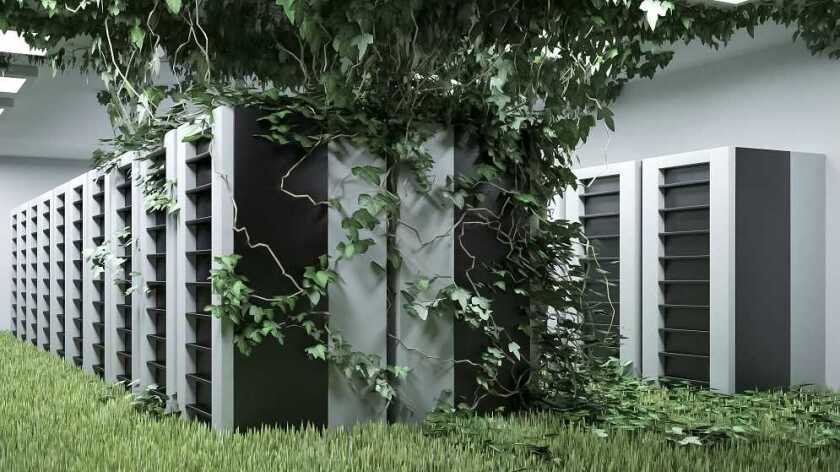The complex nature of data centres means they do not automatically lend themselves to being environmentally friendly; their upkeep requires large amounts of space, equipment and most importantly, energy. Yet, it is for precisely these reasons that the data centre industry needs to act decisively to improve its sustainability and efficiency.
With market forces dictating investment levels and energy consumption alike, change is also becoming a commercial imperative with data centre customers placing sustainability high on their list of criteria when choosing their providers. Data centre operators are increasingly being asked to demonstrate the practical steps they are taking to minimise their environmental impact, and those who lag behind now risk losing out to better performing facilities.
Industry-led momentum is adding to the pressure for change, and earlier this year operators across the European data centre and cloud ecosystem signed up to the Climate Neutral Data Centre Pact, which has a core commitment to become carbon neutral by 2030. Initiatives include the use of 100% renewable energy, improving water efficiency, reusing waste heat and a bigger emphasis on repairing and recycling servers.
The typical power consumption levels of each data centre are determined by a range of factors. For instance, the exponential growth in data storage brings with it a need for systems to be secured and cooled, alongside infrastructure to ensure data is transmitted effectively. This contributes to a general cycle of upgrades and expansion that require additional physical space for new racks and other equipment, adding to the energy requirement.
What’s more, the growing expectation that systems will be reliable and deliver continuous uptime means many systems run 24/7/365, regardless of whether they’re being actively used or not, further increasing power consumption.
Lowering data centre energy consumption
Clearly, data centre energy consumption is impacted by a wide variety of infrastructure priorities, but focusing on a core group can help every operator to reduce their environmental impact, with the added benefit of improving operational performance for their customers.
For example, a particular problem is the widespread use of ageing legacy hardware that is generally less energy efficient than newer alternatives. While ageing infrastructure may still enable data centre operators to provide the services that customers need, their energy efficiency will degrade over time. By upgrading to newer technologies, however, data centres can take advantage of products designed with lower energy consumption in mind.
And in anticipation of expansion, many data centre operators also run additional, redundant capacity or continue to operate servers that consume power without fulfilling a useful purpose, with one study revealing that around a quarter of 16,000 servers assessed falling into that ‘zombie’ category. This is a lose-lose scenario for everyone involved – data centre operators might still be getting paid to run these redundant services, but it’s a highly inefficient use of resources. For customers, it’s even worse in that they are incurring costs and increasing their energy consumption for no business benefit whatsoever. Instead, data centres should be decommissioning this redundant hardware to lower energy consumption and costs.
Software can also play a major role and by virtualising physical infrastructure, data centre providers can run multiple pieces of software on the same server, consolidate multiple and lower the environmental impact for customers using the facility. Part of the challenge lies in also ensuring customers are fully aware of the options open to them, and that by looking at technologies such as virtualisation, they can improve their environmental footprint without impacting the performance of their technology infrastructure.
Lowering power consumption can also be addressed by using an on-demand energy model, and operators can safeguard supply with continuous monitoring and analysis. Power can also be reclaimed and reused elsewhere by using tools that identify opportunities to reduce the reliance on additional electricity generation.
Each of these efficiency improvements can be made without sacrificing the performance levels that data centre customers have come to expect. Indeed, by taking steps to continually modernise and embrace green technologies, operators can deliver a win-win where they can take the opportunities offered by a growing global industry, provide customers with innovative solutions and do so while playing their full part in protecting the environment for future generations.





